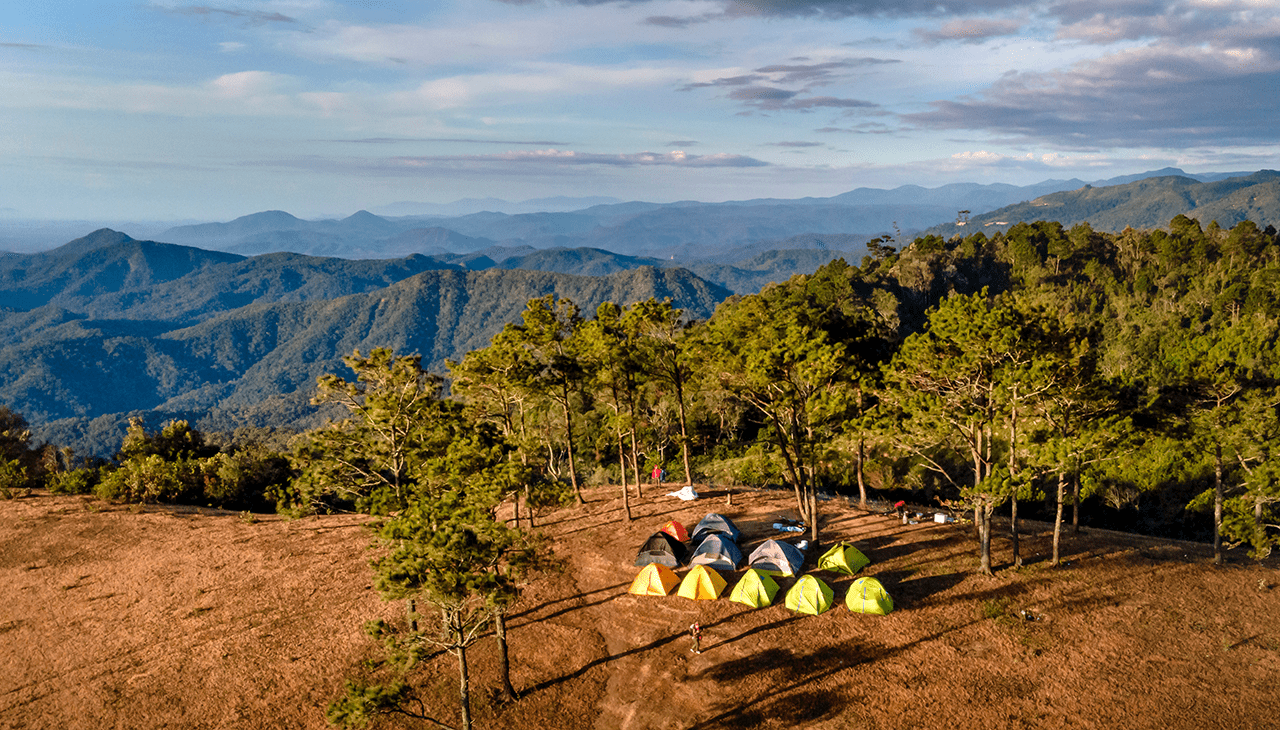
As outdoor enthusiasts, we all have an eye to the future – what will our favorite recreation spots look like in 10 or 20 years? Will there be enough open spaces left for us to explore and enjoy? How can we ensure that mankind’s activities don’t destroy our beloved outdoors while still allowing us to take advantage of its wonderful resources? It is precisely these questions that are fueling a movement toward innovation and sustainability when it comes to outdoor recreation. In this blog post, we’re going to look at how technology, advancements in conservation efforts, and strategies for responsible recreational use can help shape a healthier future for the great outdoors. Read on as we dive into the latest innovations that are focused on preserving nature while making sure everyone gets out there and has fun.
Exploring the Benefits of Sustainable Outdoor Recreation
Sustainable outdoor recreation is a way to enjoy nature while being mindful of our impact on the environment. Here are some benefits of sustainable outdoor recreation:
- Reduces carbon footprint – Sustainable outdoor recreation methods such as carpooling, biking or walking to locations, and using reusable water bottles reduce the carbon footprint of outdoor activities.
- Promotes physical and mental health – Outdoor recreation is a great way to get exercise, fresh air, and sunshine, which contribute to positive physical and mental health outcomes.
- Helps preserve natural resources – Sustainable outdoor recreation practices help preserve the natural resources which make outdoor recreational activities possible. They help maintain trail systems, reduce pollution, and prevent littering or soil erosion.
- Supports local economies – Outdoor recreation is an important source of revenue for many rural areas, which depend on tourism to boost their economies. By adopting sustainable practices, we can support local businesses that depend on outdoor tourism.
- Opportunity to disconnect from technology – Sustaining outdoor activities as a part of our lifestyle allows for a break from technology immersion while developing a deep appreciation and understanding of nature.
The Rise of Innovative Gear for Outdoor Activities
Innovative gear for outdoor activities is on the rise, delivering new options to outdoor enthusiasts that are both functional and stylish. Here are some of the major trends in outdoor gear:
- Sustainability – Environmentally conscious materials and production methods are becoming increasingly important in outdoor gear production. Many companies are adopting sustainable practices to reduce their impact on the environment.
- Lightweight and compact – Outdoor gear is getting smaller and lighter than ever before, making it easier to carry on backpacking trips or other outdoor activities. New materials and designs have allowed gear to become more effective while being remarkably lightweight.
- Versatility – Products that can be multi-functional or used in different settings are creating more value for the end consumer. Companies are creating gear that is relevant to a variety of outdoor activities, minimizing the need for purchasing different equipment.
- Wearable technology – Wearable technology has made its way into the outdoor gear market with GPS watches, activity trackers, and more. This technology allows for better tracking of performance while offering safety features for outdoor activities.
- Design – Design is now a key component in outdoor gear with equipment companies employing designers or seeking collaborations with others to create more attractive and fashionable gear.
Developing Connections with Nature Through Technology
Technology has revolutionized the way we live our lives and has also changed our interaction with nature. Below are some of the ways how technology can be used to develop connections with nature:
- Mobile applications – Now, there are many mobile applications available that identify different species of plants and animals. These applications can help people understand the environment’s finer details while increasing their appreciation for nature.
- Virtual reality – Virtual reality or 360-degree videos of nature can provide an immersive experience of the outdoors, allowing people to experience the sights and sounds of nature as if they were there.
- Online resources – Numerous online resources provide information on environmental topics, including conservation, wildlife, and nature photography. These can serve as educational resources that inspire people to develop stronger connections with nature.
- Eco-friendly products – Companies are now creating eco-friendly products that help strengthen the link between consumers and nature. These products promote responsible use and appreciation of the environment.
- Accessibility – Technology can increase access to nature-related experiences for individuals who may not otherwise have had the opportunity. For example, individuals with disabilities can use technology to experience and explore nature.
Minimizing Human Impact on the Environment
As human activities continue to impact the environment, it is important to take steps to minimize our impact. Below are some ways to do so:
- Reduce, reuse, and recycle – A fundamental way to minimize our impact on the environment is to reduce our consumption, reuse goods, and recycle waste. This helps conserve resources and reduces the amount of waste that ends up in landfills.
- Conservation – Protecting wildlife and habitats through conscious conservation efforts can help to minimize the impact on ecosystems. This can be achieved through techniques such as habitat restoration or conservation education programs.
- Alternative transportation – Traditional transportation methods such as personal cars produce large amounts of carbon emissions that contribute to climate change. Implementing alternative methods such as cycling or public transit, or carpooling can greatly reduce this impact.
- Conserve water – Conserving water by fixing leaks, using efficient appliances or appliances that require less water, and using water in moderation help to reduce water shortages, prevent water pollution, and preserve aquatic ecology.
- Opt for Energy-Efficient Habits – With environmental protection in mind, individuals can implement green habits, including turning off lights, using energy-efficient devices, and taking advantage of natural lighting.
- Supporting Eco-Friendly Businesses – People can consider purchasing eco-friendly products and supporting businesses that prioritize environmental protection.
Conclusion
Outdoor recreation has evolved, and with the use of technology, has become more accessible and sustainable. With this in mind, it is important to consider ways in which we can reduce our impact on the environment while continuing to enjoy outdoor activities. We must take steps to conserve resources, use eco-friendly products, support businesses that prioritize environmental protection, and promote conservation efforts. By doing so, we are helping create a future in which outdoor recreation is both innovative and sustainable.





